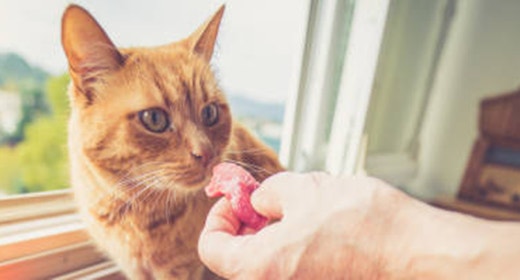

Deciding when and how you should change your cat's diet takes some planning. Because cats are creatures of habit, it is not uncommon for them to prefer their current cat food to a new food. They, like humans, become accustomed to something, such as a particular food, and may not welcome a disruption to their routine.
The following tips should help you change your cat's diet and successfully transition your cat to a new food:


Raising a kitten is one of the most enjoyable experiences a pet owner can have, but it can also be as challenging as it is rewarding. When it comes to your kitten’s diet, it’s important to set up a solid foundation to make sure your kitten grows into a healthy, well-adjusted cat.
The timeline for feeding your newborn kitten changes rapidly during the first six months. The following is a broad overview of the key development milestones your kitten will experience to help you learn what and how you should feed the newest member of your family.
AGE | MILESTONE |
7-10 days old | Kittens begin to urinate and defecate on their own. |
10-18 days old | Kittens attempt to stand. Kittens double their birth weight at about day 14. Kittens’ eyes begin to open. Kittens’ ears begin to open. |
18-21 days old | Kittens hear and respond to noises. Kittens begin to walk. |
3 weeks old | Begin weaning process for orphaned kittens. Kittens begin responsive vocalization. Deciduous (baby) teeth will begin erupting. |
4 weeks old | Begin weaning process for mother-fed kittens. |
3-6 months old | Kittens’ adult teeth erupt. |
Due to breed differences and animal individuality, it is impossible to predict exact dates for growth and development milestones for kittens. However, by using these milestones as a guide for healthy growth, you can spot and possibly prevent developmental problems early on.
When your kitten reaches 4 weeks old (or 3 weeks old for orphaned kittens), you can begin the weaning process. Follow this step-by-step process to wean a kitten using IAMS:
The entire process should take approximately three weeks.